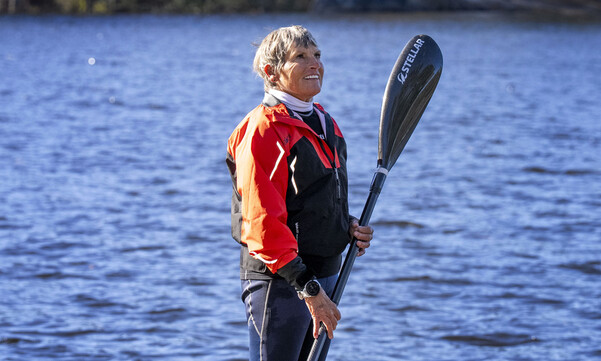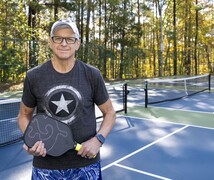A lung transplant was Gary Singleton's only option after he was diagnosed with a rare lung disease. Today he's back at work and doing what he loves to do.
When Gary Singleton became short of breath, then developed pneumonia four times in one year, he blamed it on his smoking. So, he quit. But his problems didn’t get any better.
“A doctor told him he had the lungs of an 80-year-old,” says his wife, Connie. Gary was 33 at the time.
The couple would soon learn that Gary’s breathing problems were due to alpha-1 antitrypsin immune deficiency, a hereditary lung disease. The only cure was a lung transplant. “This was 1994. Not many people knew about alpha-1, and not many people knew about transplants,” says Connie.
Gary was prescribed Prolastin to slow the progression of the disease — but in Gary’s case, it did not. In 1999, he was referred to the Duke Transplant Center.
“His lung function was at 22 percent and he was on oxygen,” says Connie. “He couldn’t walk two feet without losing his breath.”
The couple lived in Morganton, NC, during this time. In 2002 the pivotal moment occurred in which Gary’s Duke lung transplant specialist Scott Palmer, MD, told him it was time to move to Durham in order to start preparing for his lung transplant. When lungs did become available, he needed to be within two hours of Duke University Hospital. Meanwhile, he began a rigorous rehabilitation program to ensure he would be healthy enough to undergo the transplant.
In March 2003 Gary got his new lungs.
“Today, he walks a mile and a half every day,” says Connie. “He went back to work for three years at the Burke County School System and retired in 2006. He does whatever he wants to do.”





